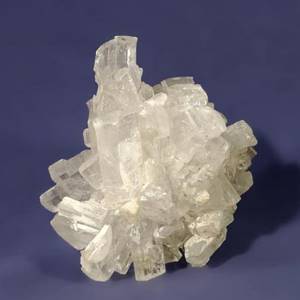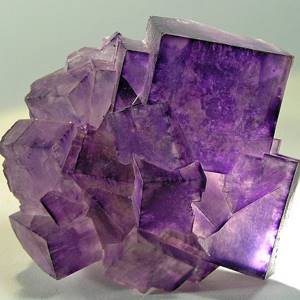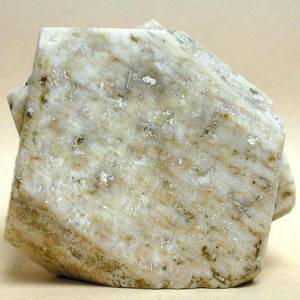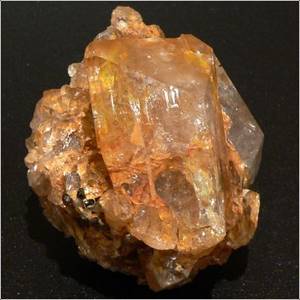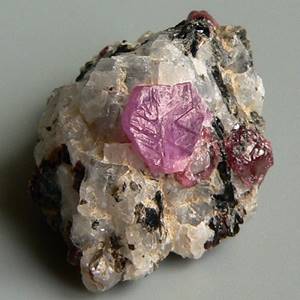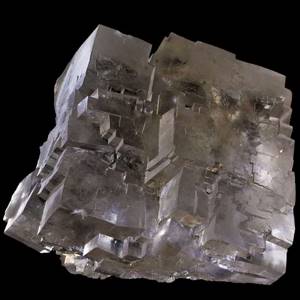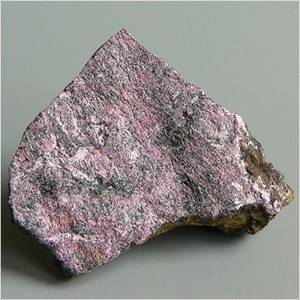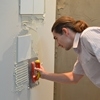 One of the most important technical characteristics of ceramic facing materials is surface hardness. According to the definition, hardness is the property of a material to resist the penetration of another, harder body (indenter) into it. Applicable to ceramic tiles, we can say that surface hardness is the ability of the cladding surface to withstand the mechanical stress of other materials. There are many methods for measuring hardness; as a rule, they come down to testing with a standard device (diamond pyramid, steel ball, needle, etc.) used in a certain load range; the results of the prints (dimensions and depth) correspond to the divisions of special scales or tables. The surface hardness of ceramic facing materials or natural stones is usually indicated in accordance with the mineralogical hardness scale, the so-called Mohs scale, named after the German mineralogist Friedrich Mohs, who proposed his test method in 1811. The essence of this method is that to determine the relative hardness of an object using the scratching method, ten minerals are offered - standards, arranged in order from less hard to harder.
One of the most important technical characteristics of ceramic facing materials is surface hardness. According to the definition, hardness is the property of a material to resist the penetration of another, harder body (indenter) into it. Applicable to ceramic tiles, we can say that surface hardness is the ability of the cladding surface to withstand the mechanical stress of other materials. There are many methods for measuring hardness; as a rule, they come down to testing with a standard device (diamond pyramid, steel ball, needle, etc.) used in a certain load range; the results of the prints (dimensions and depth) correspond to the divisions of special scales or tables. The surface hardness of ceramic facing materials or natural stones is usually indicated in accordance with the mineralogical hardness scale, the so-called Mohs scale, named after the German mineralogist Friedrich Mohs, who proposed his test method in 1811. The essence of this method is that to determine the relative hardness of an object using the scratching method, ten minerals are offered - standards, arranged in order from less hard to harder.
The study is carried out by sequentially selecting the least hard mineral that can scratch the sample, or, conversely, the hardest mineral that can be scratched by this sample. The value is usually presented as a range, such as 6-7, meaning the sample is between orthoclase and quartz, or as a single value, such as 3, indicating that the material is harder than calcite but softer than fluorite.
The Mohs scale is a method of rough comparative assessment of the hardness of materials according to the “harder - softer” system, where the material being tested is scratched by a reference mineral and its surface hardness on the Mohs scale is lower, or it is scratched by a reference mineral and its hardness is higher. Thus, the values of the Mohs scale cannot be considered indicators of the absolute hardness of minerals. For example, topaz (8) is 2 times softer than corundum (9), which in turn is almost 4 times softer than diamond (10). The absolute hardness values of the minerals in the table, given in accordance with the Mohs hardness values, are measured with a sclerometer, in accordance with other methods for determining hardness, although the different hardness scales cannot be unambiguously correlated with each other. In practice, the Mohs scale is quite sufficient to determine the hardness of the facing material. So, for example, we can say that granite is the hardest and most wear-resistant material of all natural stones used in interior decoration (value on a scale of 6-7), but at the same time it is inferior to ceramic granite with a value of 8, the most durable finishing material today, above which only corundum and diamond are found.
It should be emphasized the difference between ceramic materials and other finishing materials for floors and walls, such as linoleum, cork and wood. As a rule, glazed and unglazed ceramic tiles are relatively hard, and scratches only affect the aesthetic properties of the cladding, without damaging its functional qualities. Other materials are less resistant to such damage; often the cut passes through the entire facing layer, and the material loses not only aesthetic, but also functional properties.
There is 1 Comment
Ceramic tile surface hardness
The surface hardness of ceramic tiles is taken into account when choosing them for floor covering. The higher the Mohs scale, the better. I will give real values of hardness on the Mohs scale for ceramic tiles:
- Ceramic granite not polished – 6-8.
- Polished ceramic granite – 5.
- Glazed ceramic granite – 5.
- Ceramic tiles – 4-5.
- Login to leave comments


